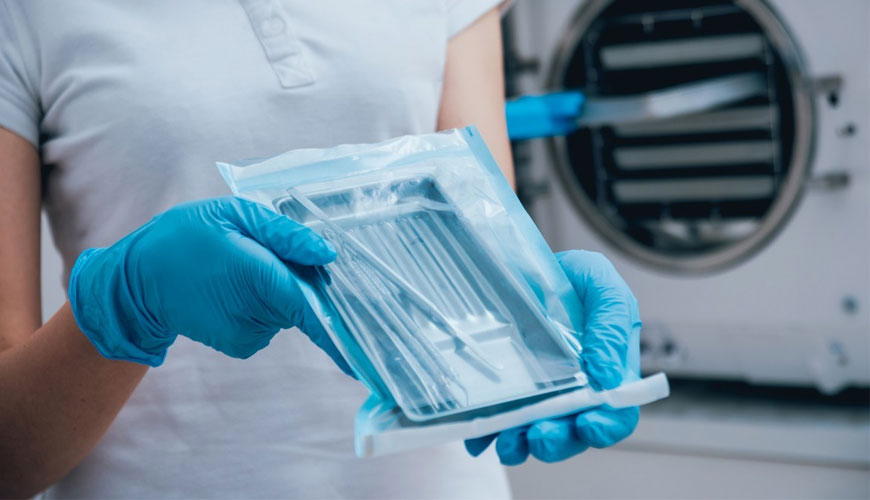

This part of the ISO 11737 standard, developed by the International Organization for Standardization (ISO), specifies general criteria for sterility testing on medical devices that have been treated with a reduced sterilizing agent as expected for use in routine sterilization. These tests are intended to be performed when defining, validating or maintaining a sterilization process.

This part of ISO 11737 does not apply to:
Sterility test for routine release of product subjected to a sterilization process,
Sterility test,
Culturing of biological indicators or inoculated products.
A sterile medical device is one that is free from living microorganisms. International Standards specifying the requirements for the validation and routine control of sterilization processes, the supply of a sterile medical device
Where necessary, incidental microbiological contamination of a medical device from all sources is minimized. However, medical devices produced under standard production conditions in accordance with the requirements of quality management systems may have microorganisms, albeit in small numbers, on them before sterilization. Such products are not sterile. The purpose of sterilization is to neutralize microbiological contaminants, thereby converting non-sterile products into sterile products.
In general, the kinetics of inactivation of a pure culture of microorganisms by physical and/or chemical agents used to sterilize medical devices can be best described by an exponential relationship between the number of surviving microorganisms and the extent of treatment with the sterilizing agent; inevitably this means that there is always a finite probability for a microorganism to survive, regardless of the extent of treatment administered. The probability of survival for a given treatment is determined by the number and resistance of microorganisms.
determined by the environment in which the organisms are present during treatment. Therefore, the sterility of any item in a sterilized population cannot be guaranteed, and the sterility of a processed population is defined in terms of the probability that a viable microorganism may be present in a product item.
General requirements for the quality management system for design and development, production, installation and service are given in ISO 9001, and specific requirements for quality management systems for medical device manufacturing are given in ISO 13485. Quality
management systems standards recognize that: for certain processes used in manufacturing, the effectiveness of the process cannot be fully verified by subsequent inspection and testing of the product. Sterilization is an example of such a process. Therefore, sterilization processes are validated for use, the performance of the sterilization process is routinely monitored, and equipment is maintained.
Among the services provided by our organization within the framework of material testing services, there are also ISO 11737-2 standard tests.
To get an appointment, to get more detailed information or to request an evaluation, you can ask us to fill in our form and reach you.